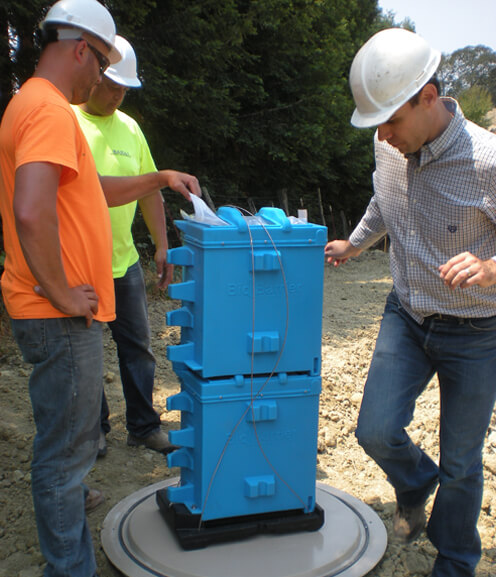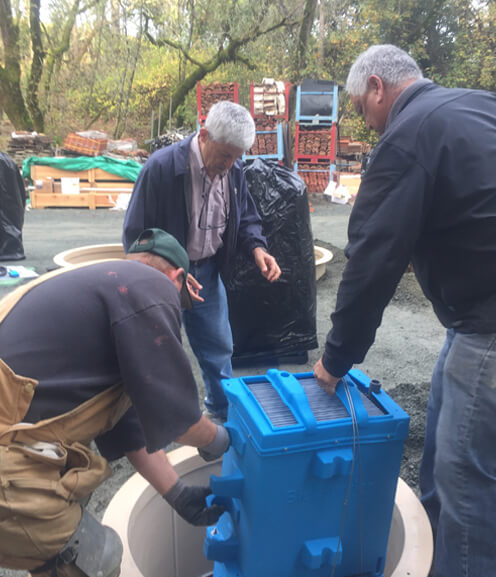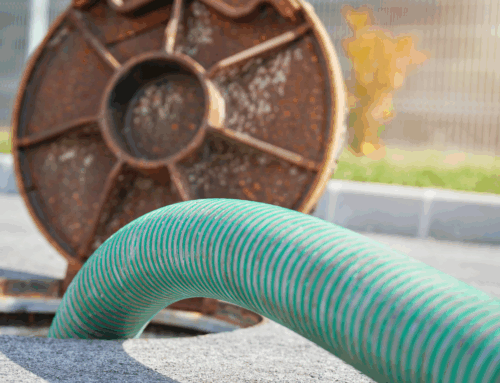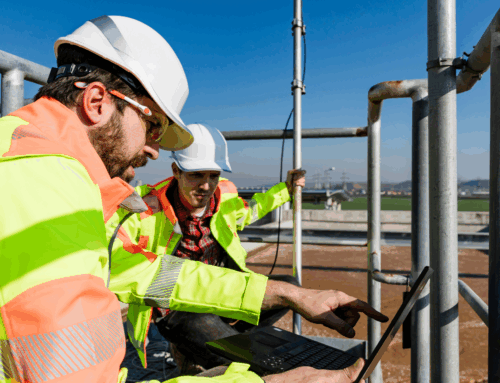Why Is My Septic System Still Backing Up After Troubleshooting? — You had someone come out. They checked everything—or at least it seemed like they did. The tank got pumped. Maybe they ran a camera or cleared a pipe. But now your drains are slow again. Or worse, there’s water pooling in the yard.
We hear this all the time: “Why is my system still giving me problems even after someone ‘fixed’ it?”
The truth? Septic tank and drainfield troubleshooting only works if it looks at the whole picture. A quick glance inside the tank isn’t going to catch what’s going on below the surface. And if that full inspection didn’t happen, it’s no surprise the issues keep coming back.
Let’s walk through what proper troubleshooting looks like—and what might be getting missed when your system still isn’t working right.
The Tank Is Just the Start
Most people think if the tank gets pumped, everything should be fine. But that’s not how these systems work. The tank is just one piece. If the drainfield isn’t doing its job, you’ll keep having problems no matter how clean the tank is.
Good septic tank and drainfield troubleshooting doesn’t stop at the tank. It follows the flow—from where water leaves your house, through the tank, into the drainfield, and out through the soil. If anything along that path is off, your whole system struggles.
We’ve seen systems where the tank was nearly empty, but the drainfield was so saturated it couldn’t take another drop.

What Gets Missed Most Often?
Slope and soil. Two things most basic repair calls skip over completely.
If the outlet pipe doesn’t have the right slope, water won’t flow properly into the field. And if the soil’s too compacted or already full of water, it won’t absorb anything. That’s when you start smelling odors or seeing water bubble up in the yard.
That’s why a surface-level look won’t cut it. You need real septic tank and drainfield troubleshooting—something that checks grade, flow, usage, and even the kind of ground your system is built into.
How Do You Know If Something Was Missed?
Here are a few red flags:
- You’re still calling for help every few months
- The same symptoms keep returning—slow drains, gurgling toilets, wet patches
- Your system seems fine in dry weather but acts up after it rains
- You’ve had septic system repair services but no one ever walked the field or tested the soil
If any of that sounds familiar, the problem was likely never fully diagnosed in the first place.
What If the Field Is the Real Issue?
If you’ve had good flow in the tank but issues persist, the drainfield might be shot. That’s when we talk about full drainfield replacement and repair. It’s not always what people want to hear, but sometimes the field just can’t be revived.
Other times, targeted professional leach field repair can help. We’ve cleared out lines, reset slopes, or redirected flow to unused parts of the property. But it all starts with figuring out where things are breaking down.
It’s also possible that water is entering the system faster than the field can handle. Bigger families, high-efficiency washers, or multiple bathrooms running at once can all overwhelm a system that was built 25 years ago.
You Can’t Fix What You Don’t Understand
That’s why we never start with assumptions. Every yard is different. Some systems are buried deep in sandy soil. Others are built over thick clay. Some have room to expand. Some don’t.
That’s where good septic drainfield restoration earns its name. You’re not just poking around. You’re studying how the entire system was built and how it’s being used today.
Because if the original design no longer fits your lifestyle, then you’re going to keep running into the same issues—no matter how many times you clear the line.
What Comes Next?
If you’re stuck in a cycle of short-term fixes, ask for a full system check—not just the tank. That includes walking the yard, asking about your water use, and testing how the field handles drainage.
Sometimes the answer is septic system drainfield leach field repair. Sometimes it’s a regrade. And sometimes, yeah, it’s a replacement. But you won’t know what to do next until you understand what’s really happening underground.
We’ve helped a lot of folks who felt stuck. They’d had repair after repair, but nothing really changed. Once we ran full diagnostics and looked at the entire setup, the fix was actually simple—it had just been missed over and over.
If You Keep Having the Same Problems…
There’s your answer.
Troubleshooting should end the cycle—not be part of it. If your system is acting up again and again, it means something is still out of balance.
It could be the slope. It could be the soil. It could be the way your home uses water today compared to when the system was first put in.
But until someone looks at the full picture, you’re only treating the symptoms—not solving the problem.
Dealing with Wastewater? Let’s Keep It Simple. You can phone us at 800-753-3278 or get in touch with us here.

If you’re tired of systems that break down, cost a fortune, or just don’t make sense—we hear you.
At BioMicrobics, we build treatment systems that work the way they should. No fluff, no confusing setup.
Simply clean water.
We can help you find out what works best for your house, small company, or even your whole town.





